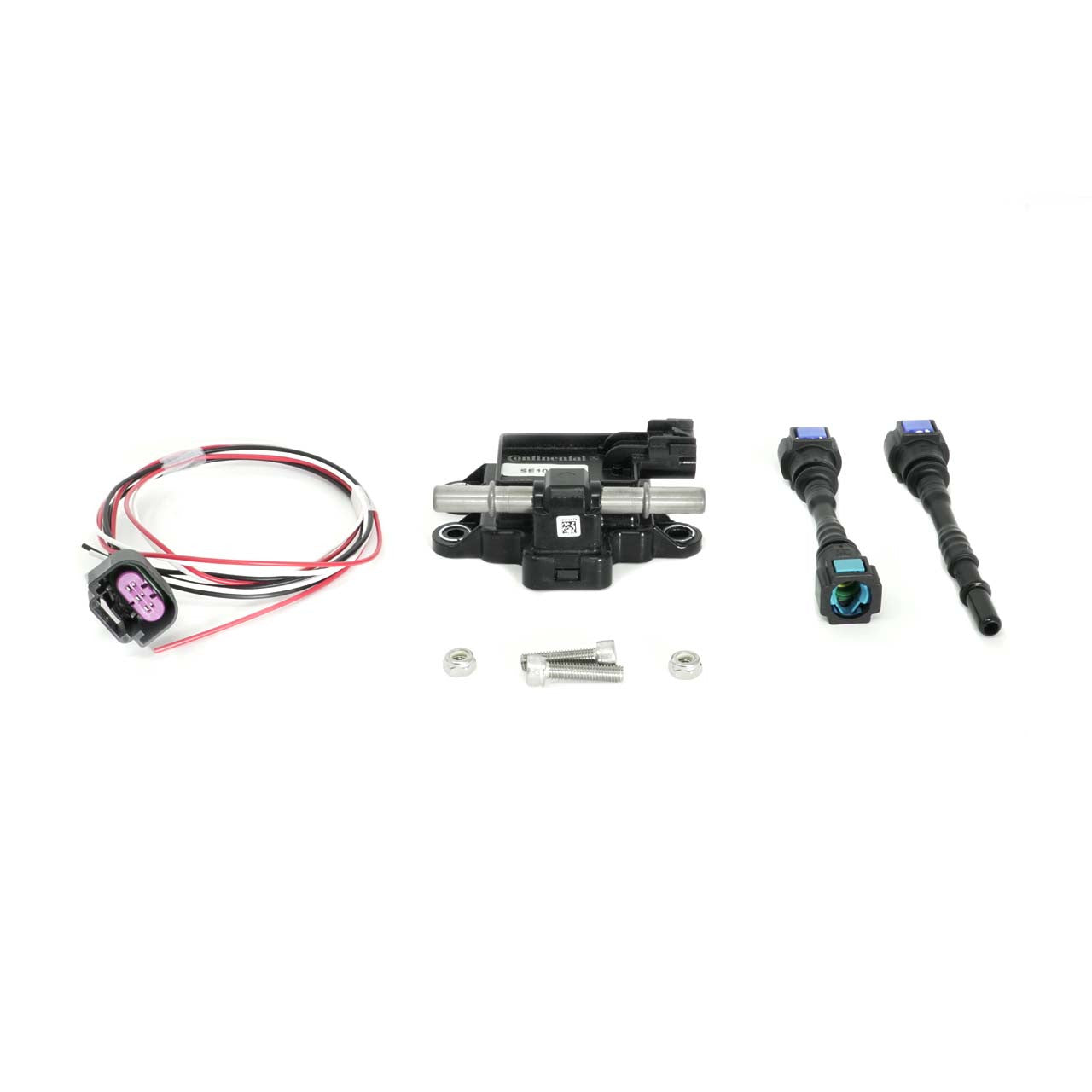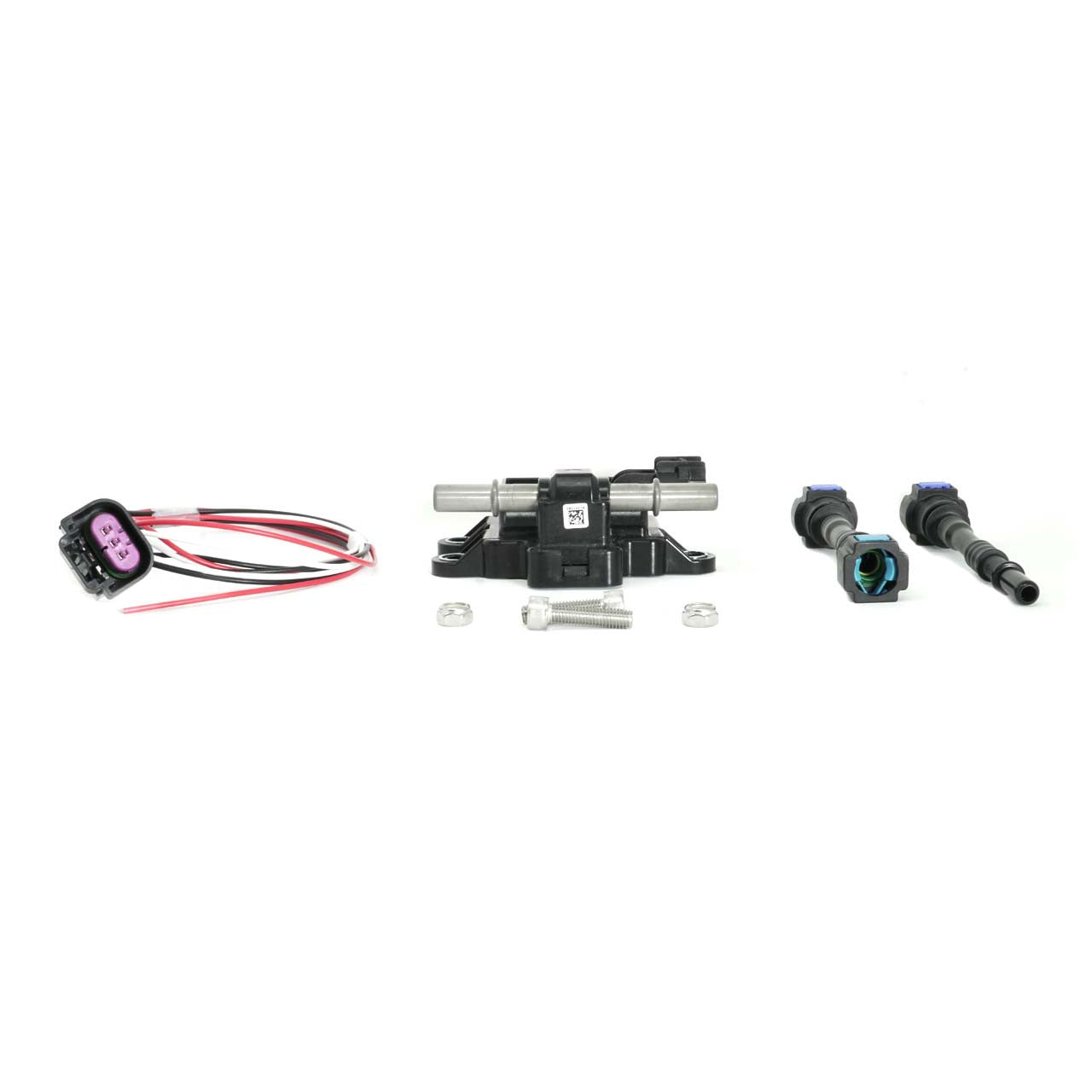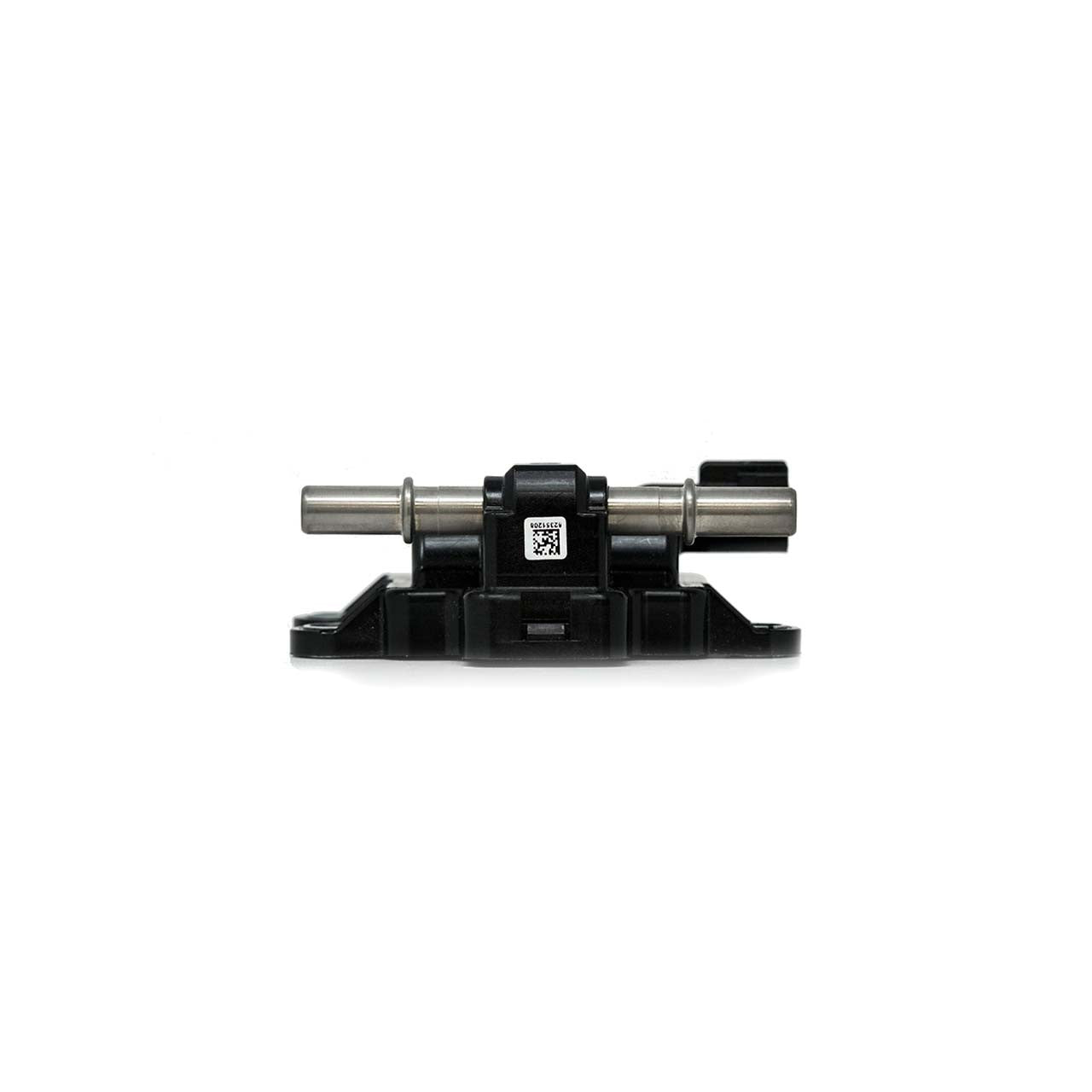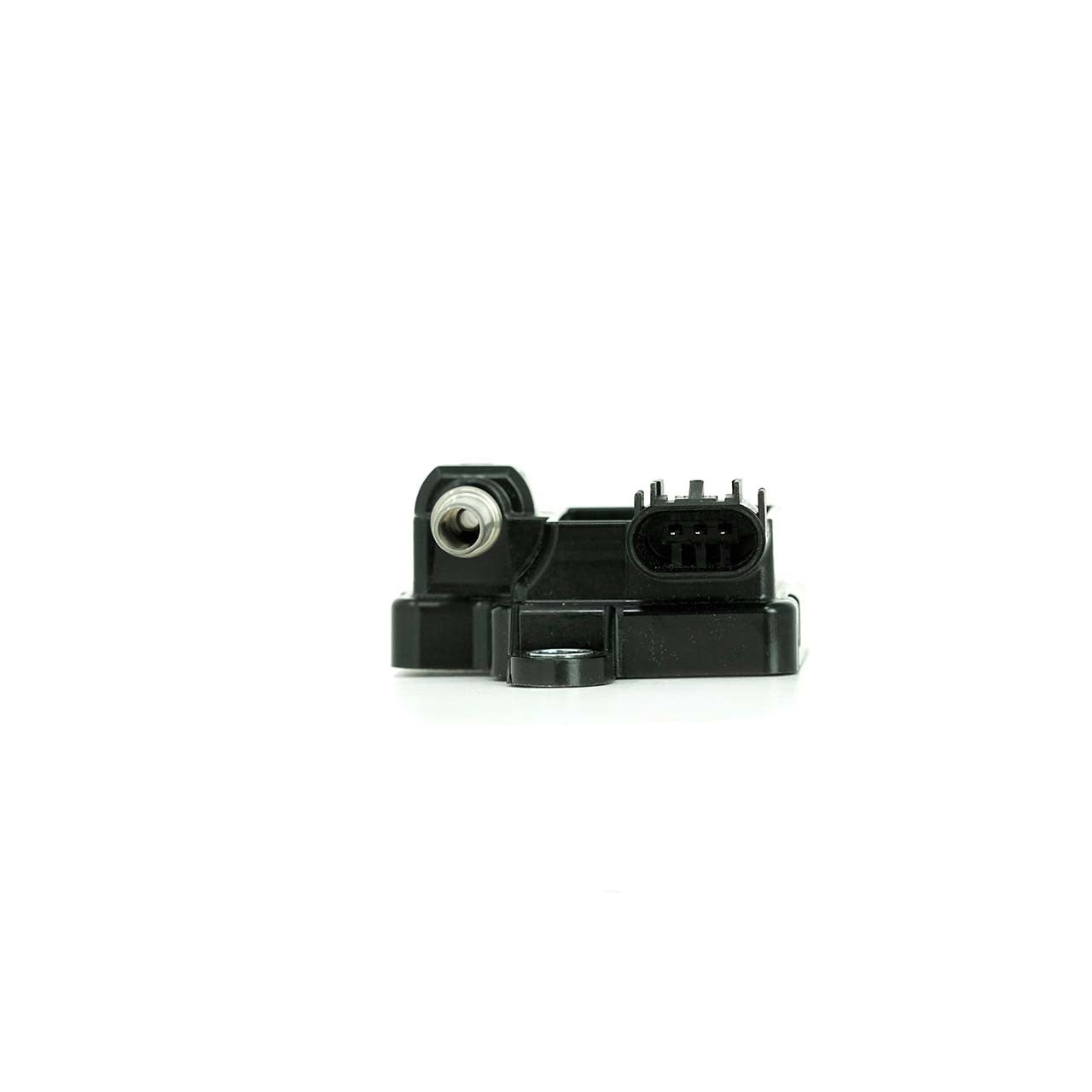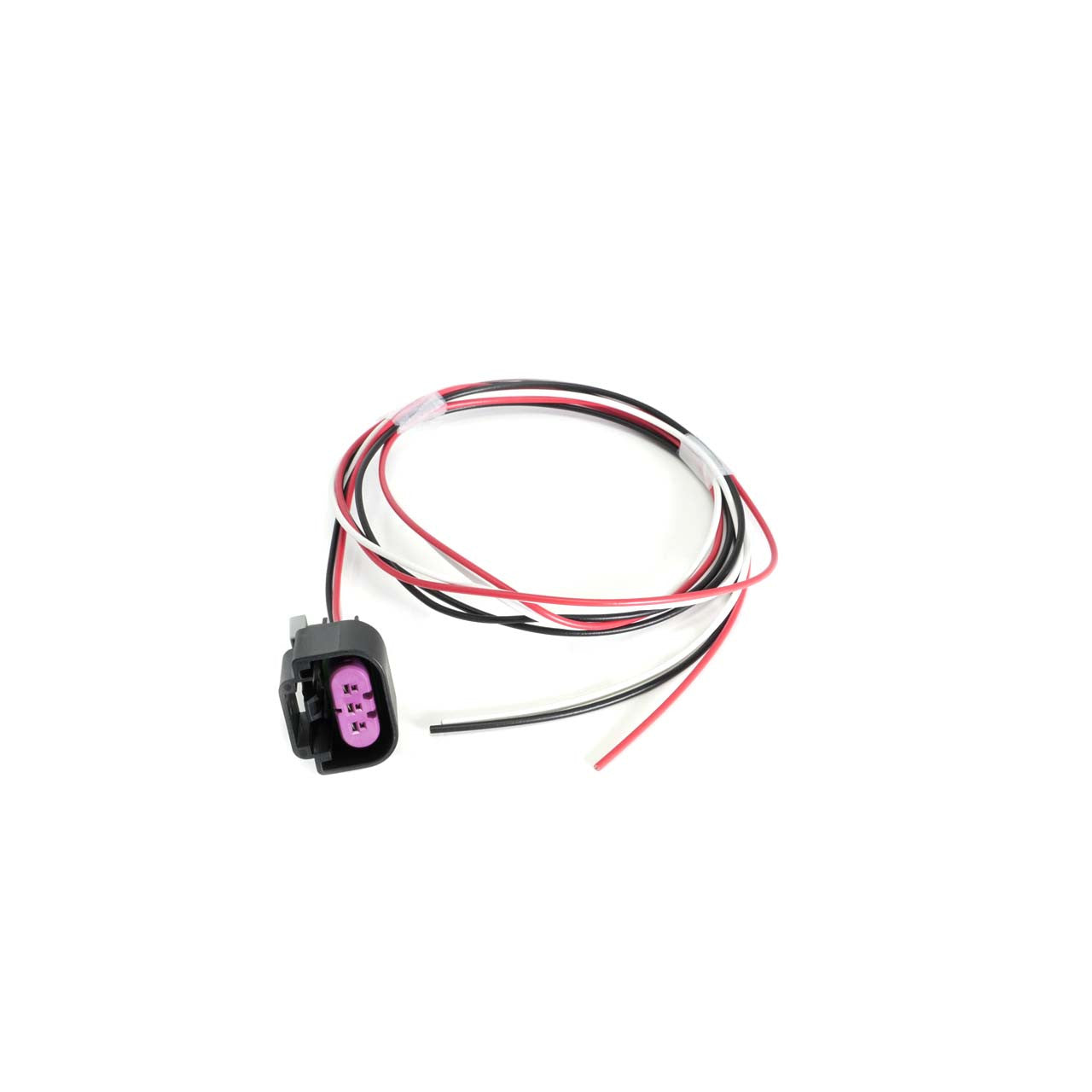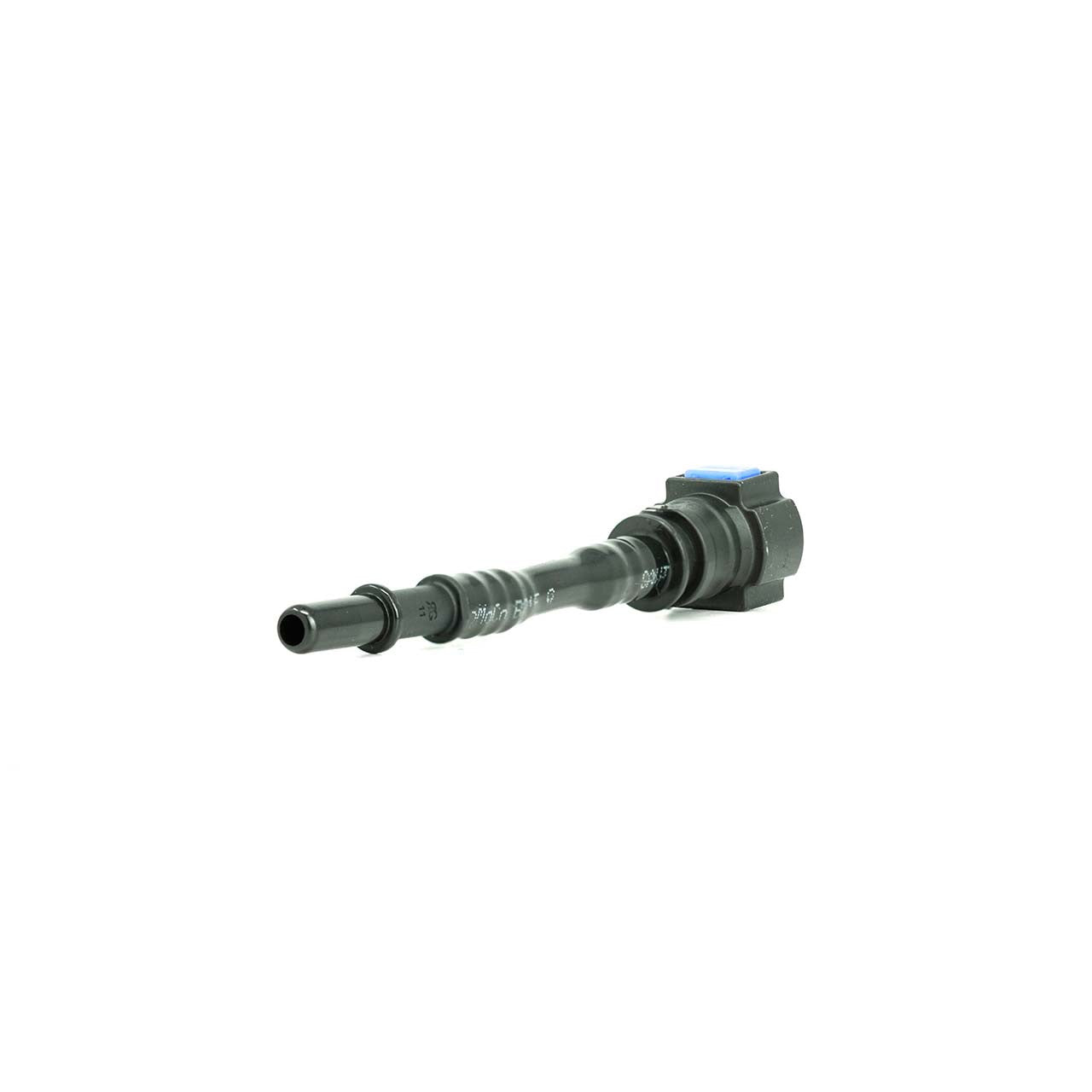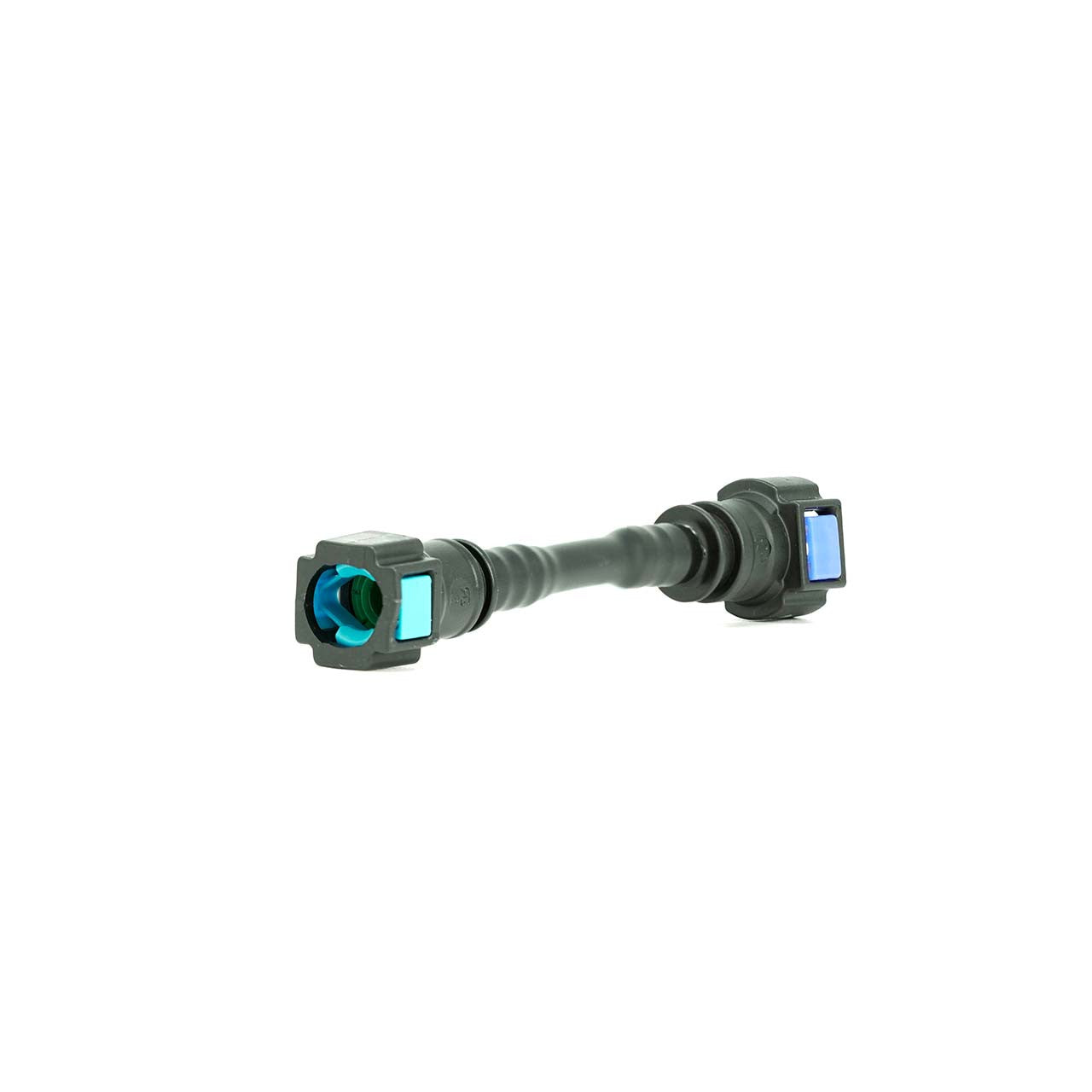Nostrum
Nostrum BMW F Series Flex Fuel Sensor Kit
Nostrum BMW F Series Flex Fuel Sensor Kit
Couldn't load pickup availability
Tired of premium gas prices or having to blend at the pump to get that perfect Ethanol content? Well Nostrum brings to you our F series flex fuel kit. Full e85, full 93 or even a blend of the two, no problem!
The sensor reads the percentage of ethanol coming from your fuel tank and reports it to the content analyzer of your choice. The kit includes a sensor pre-mounted on a bracket designed to fit your vehicle, as well as adapter lines to adapt the sensor to the factory fuel lines.
You will also need an Ethanol Content Analyzer, such as the Nostrum ESIMM, Fuel-It! Bluetooth content analyzer to see ethanol content on your mobile device, or a Zeitronix ECA-2 CANBus for integration with the factory ECU.
This sensor alone will not allow you to tune for flex fuel!
- Supported on all F Series BMW's
- 2014-2017 F22/F23 235i, M235i
- 2013-2015 F30/F31/F34 335i, 335i xDrive
- 2012-2015 F30/F31/F34 ActiveHybrid3
- 2014-2015 F32/F33/F36 435i, 435i xDrive
- 2011-2016 F07/F10 535i, 535i xDrive
- 2012-2016 F07/F10 ActiveHybrid5
- 2012-2017 F06/F12/F13 640i
- 2013-2015 F01/F02 740i, 740Li
- 2016-2019 F87 M2
- 2015-2018 F80 M3
- 2015-2018 F82 M4
Frequently ask questions:
Q: Why do your numbers say I will make less horsepower on E85 than 93 octane?
A: Great question! The numbers we list in the product descriptions are similar to the numbers a turbo charger lists for air flow. The numbers are the "fuel system capacity to generate power" regardless of the other engine system limitations (air handling, mechanical limitations, knock propensity). Essentially the numbers are calculated assuming "sufficiently large air flow", "sufficiently capable mechanical assemblies" and disregarding knock limits. The equation uses actual observed engine volumetric efficiency (when available from sponsorship vehicles) and fuel capacity (including target pressures) to calculate power. Gasoline has more energy per mass volume than E85. So the higher fuel flow capacity will mathematically generate higher power potential for a gasoline than a high ethanol content fuel. The other variables (air flow, spark, rotating assembly strength, charge cooling, mechanical assembly strength) are highly variable from build to build. This is why we state horsepower capacity for the fuel system – representing the potential of the fuel system if you have all the other aspects of your build addressed!
Q: Why do some tuners insist on port injection over an upgraded DI system?
A: In some platforms that already have port injection (DI+PFI systems) it is much more simple to upgrade the PFI portion of the fuel system. In some cases if there is no DI fuel system upgrade the only option is an add-on supplemental PFI system. In some cases the cost of a supplemental system may seem advantageous, but usually after calculating the total cost for all hardware, electrical, and labor the cost is comparable to a DI upgrade. Some tuners have had great success with add-on supplemental PFI systems and that's their formula and they may not want to change. All fair points. One important factor to consider is that DI combustion system, most often with an increased compression ratio versus a PFI variant, is depending on the DI fueling for charge cooling. PFI will not substitute for the lost charge cooling effect. This could expose the DI injectors to higher than acceptable thermal stress, which sometimes can damage the injectors and even melt the teflon seals. It is most often true that an engine will make more power when increasing the DI fueling capacity as opposed to adding PFI. We've seen it on several platforms (3.5EB, Audi v10, LT4). So if you are really in it to make big power, you gotta go DI.
Share
